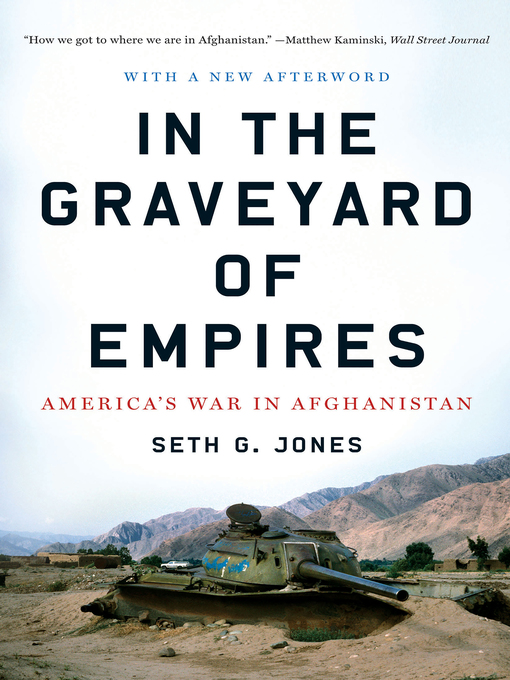A definitive account of the American experience in Afghanistan from the rise of the Taliban to the depths of the insurgency.
After the swift defeat of the Taliban in 2001, American optimism has steadily evaporated in the face of mounting violence; a new "war of a thousand cuts" has now brought the country to its knees. In the Graveyard of Empires is a political history of Afghanistan in the "Age of Terror" from 2001 to 2009, exploring the fundamental tragedy of America's longest war since Vietnam.After a brief survey of the great empires in Afghanistan—the campaigns of Alexander the Great, the British in the era of Kipling, and the late Soviet Union—Seth G. Jones examines the central question of our own war: how did an insurgency develop? Following the September 11 attacks, the United States successfully overthrew the Taliban regime. It established security throughout the country—killing, capturing, or scattering most of al Qa'ida's senior operatives—and Afghanistan finally began to emerge from more than two decades of struggle and conflict. But Jones argues that as early as 2001 planning for the Iraq War siphoned off resources and talented personnel, undermining the gains that had been made. After eight years, he says, the United States has managed to push al Qa'ida's headquarters about one hundred miles across the border into Pakistan, the distance from New York to Philadelphia.
While observing the tense and often adversarial relationship between NATO allies in the Coalition, Jones—who has distinguished himself at RAND and was recently named by Esquire as one of the "Best and Brightest" young policy experts—introduces us to key figures on both sides of the war. Harnessing important new research and integrating thousands of declassified government documents, Jones then analyzes the insurgency from a historical and structural point of view, showing how a rising drug trade, poor security forces, and pervasive corruption undermined the Karzai government, while Americans abandoned a successful strategy, failed to provide the necessary support, and allowed a growing sanctuary for insurgents in Pakistan to catalyze the Taliban resurgence.
Examining what has worked thus far—and what has not—this serious and important book underscores the challenges we face in stabilizing the country and explains where we went wrong and what we must do if the United States is to avoid the disastrous fate that has befallen many of the great world powers to enter the region.


